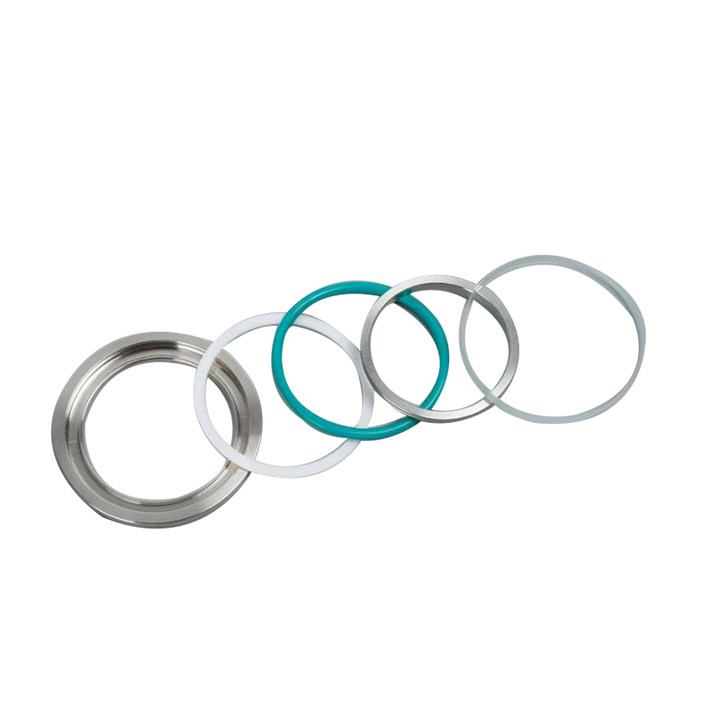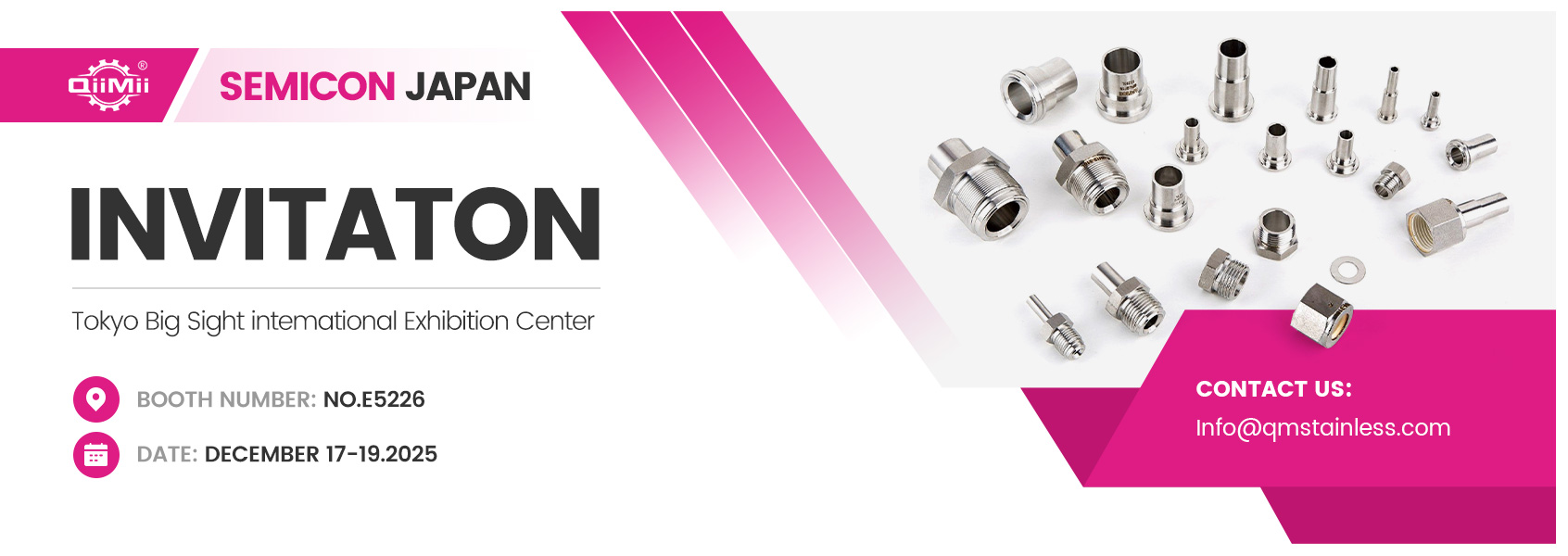How to choose the right sanitary valve to meet the stringent requirements of the food processing industry?

 by admin
by adminHow to choose a suitable sanitary valve to meet the strict requirements of the food processing industry requires comprehensive consideration from multiple aspects. You can refer to the following examples:
1. Clarify requirements and standards
Understand the characteristics of the medium: First, it is necessary to clarify the properties of the medium in the food processing process, including temperature, pressure, corrosiveness, viscosity, etc., in order to select the appropriate valve type and material.
Follow industry standards: The food processing industry usually follows international health standards such as FDA (US Food and Drug Administration), EC 1935/2004 (EU Food Contact Materials Regulation), and production standards such as GMP (Good Manufacturing Practice). When selecting a valve, ensure that these standards are met.
2. Material selection
Valve body material: The valve body of a sanitary valve is usually made of stainless steel, such as 304 and 316L stainless steel, which have excellent corrosion resistance and easy cleaning. Ensure that the valve body material meets food grade requirements, is non-toxic, harmless, and not prone to corrosion and shedding.
Sealing material: The sealing surface should use non-toxic, high temperature resistant, acid and alkali resistant materials, such as stainless steel for hard seals, and high temperature resistant and non-toxic food-grade rubber (such as PTFE, silicone rubber, etc.) for soft seals. These materials will not release harmful substances at high temperatures to ensure food safety.
3. Design and structure
No dead angle design: The design of the valve should avoid dead angles and gaps to reduce the accumulation of residues and reduce the risk of cross contamination. For example, food-grade stainless steel ball valves usually adopt a no dead zone design, and the contact surface between the ball and the valve seat is smooth and seamless.
Easy to disassemble and clean: The structure of the valve should be simple and easy to disassemble and clean quickly. This helps to remove dirt and residues on the surface of the valve and keep the valve clean and hygienic.
Surface treatment: The inner and outer surfaces of the valve should be finely polished to achieve a mirror effect to reduce bacterial adhesion and facilitate cleaning. The polishing roughness should meet the standard of Ra≤0.8μm.
4. Performance and testing
Sealing performance: The valve should have good sealing performance to prevent fluid leakage and contamination. The sealing surface should be flat and smooth, and the sealing material should have good elasticity and wear resistance.
Sealing test: Before installation and during use, the valve should be tested for sealing to ensure that there is no leakage. Test methods include pressure test, air tightness test, etc.
5. Installation and maintenance
Professional installation: The installation of the valve should be carried out by professionals to ensure that the installation position, direction, height, etc. meet the design requirements. The valve should be protected from collision and damage during installation.
Regular maintenance: Regularly inspect and maintain the valve, including checking the sealing performance, operational flexibility, etc. If problems are found, the damaged parts should be repaired or replaced in time.
Cleaning and disinfection: Clean and disinfect the valve regularly to remove dirt and bacteria on the surface. The cleaning and disinfection methods should comply with relevant health standards and specifications.
6. Brand and certification
Choose a well-known brand: Give priority to well-known brand valves with good reputation and credibility. These brands usually have stricter quality control systems and more complete after-sales service.
Authoritative certification: The valve should be certified and tested by authoritative organizations, such as FDA, EC 1935/2004 and other international health standards. These certifications help ensure the safety and reliability of the valve.






